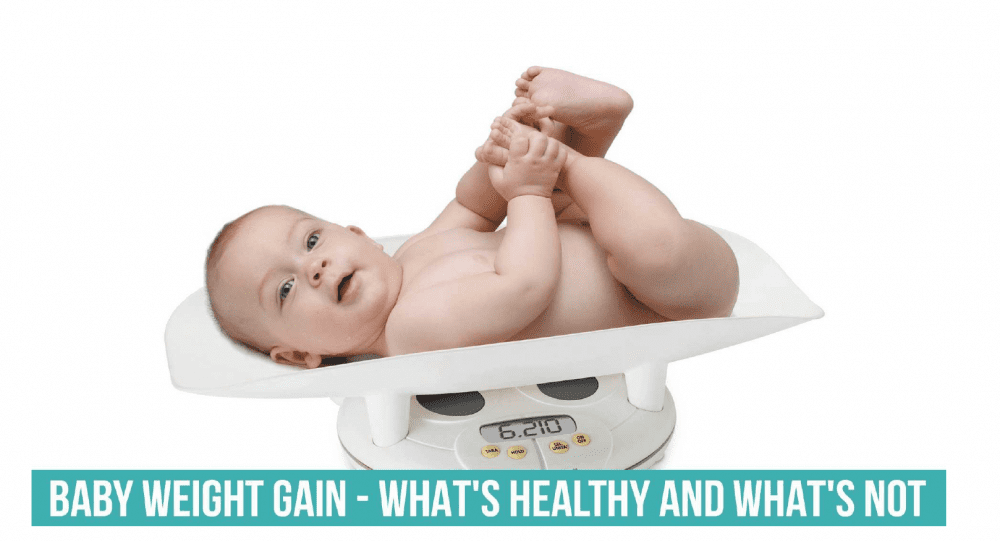
Weight Gain in Infants and Children: By: Bre’on Long- medical student at doctor Stein office

Average Weight for Newborns
● Birth Weight of 7.5 lbs is average.
● 8 out of 10 babies born full-term weight between 5 lb., 11.5 oz and 8 lb., 5.75 oz.
Low birth Weight is defined as less than 2500 grams which is 5.5lb
Weight Gain Timeline...
● During first few days of life it is normal for both breastfed and bottle fed
babies to lose weight (approx 5-10% of body weight)
● Within 2 weeks baby should regain all its weight and return back to birth
weight.
● By month 1 most infants will gain a pound over there birth weight.
● Typically, once they’re back to their birth weight, new babies gain 4 to 7
ounces a week for the first 4-6 months. (approx. 1 to 2 pounds a month)
Breastfed Infants
● Healthy breastfed infants tend to grow more rapidly than their formula-fed
peers in the first 2-3 months of life and less rapidly from 3 to 12 months.
● Newborns will take about 2 to 3 ounces every 3 hours (14 to 28 ounces per
day) of breastmilk.
● From 1 month to 6 months of age, your baby will take an average of 3 to 3 1/2
ounces every three hours (25 oz to 26 oz of breast milk each day).
6 Month Weight Gain..
● Average weight at 6 months is 16 lbs 2 oz for girls and 17 lbs 8 oz for boys.
● Babies birth weight should be doubled.
● From 6-12 months baby should be gaining 2.5-4 oz per week.
One year old
● Weight gain should be tripled.
● The average weight of a baby girl is approximately 19 pounds 10 ounces (8.9
kg), with boys weighing about 21 pounds 3 ounces (9.6 kg).
● From now until his/her next growth spurt (which occurs during early
adolescence), his/her height and weight will increase steadily, but not as
rapidly as during those first months of life.
Two Year old
● During this second year of life, growth slows down.
● Toddler may gain about 5 pounds (2.27 kg) from 1 yr to 2 yr.
● What you will notice more than actual growth are changes in a toddler's
appearance.
● Toddlers start to trim down, become more muscular because of increased
activity, and will begin to look more like preschoolers than babies.
Toddler-Adolescence
● After age 2, children of the same age can noticeably vary in height and
weight.
● As long as the child is maintaining his or her own rate of growth, there is no
concern.
References:
https://www.whattoexpect.com/first-year/health-and-safety/newborn-weight-aver
age-gains-loss/
https://www.verywellfamily.com/first-year-infant-growth-431721
You Might Also Enjoy...


When to Take Your Toddler to Urgent Care for a Fever

5 Common Health Concerns for Adolescents

